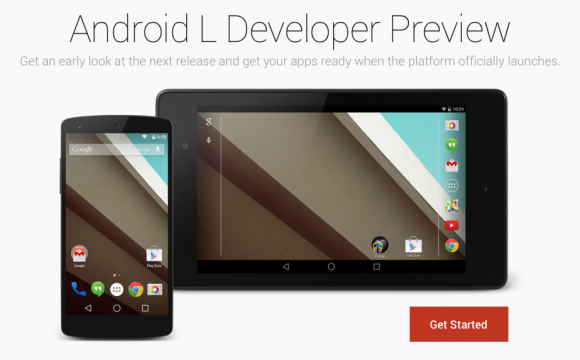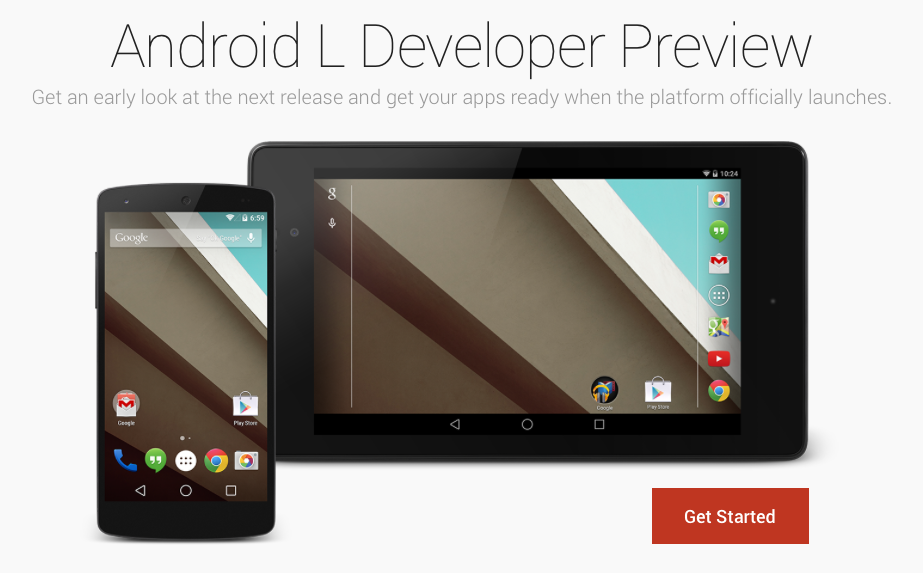Android camera to get a major boost including raw shooting, manual control and more
posted Monday, June 30, 2014 at 9:59 AM EST

Last week, Google previewed an upcoming release of the Android operating system at the Google I/O conference in San Francisco. Tentatively named Android L, and scheduled to arrive at retail in late 2014, the new mobile OS is already available as a developer preview for the Google Nexus 5 and 2013-variant of the Nexus 7.
At its launch, Google detailed improvements for Android L such as a refreshed look for the user interface, and an expected improvement in battery life. What the company didn't mention, though is that Android L brings a pretty radical overhaul of camera support that should make the new OS much more exciting for photographers.
According to the folks over at AndroidPolice, who've reviewed the Android L developer documentation, there are a number of key changes. Perhaps the most exciting of these is that Android L will allow extremely fine-grained, manual control of capture and image processing variables. Among the items apps running on Android L will be able to control (and if the developer chooses, expose to the user) are shutter speed, ISO sensitivity, exposure compensation, metering area, focus distance, flash, tone curve, color correction and more.

Android L will, for the first time, support raw capture at the OS level as well. (We've seen raw capture on Android before, but it's either required custom hardware / OS modifications from the manufacturer, or it's been from third-party apps and debatable whether they were truly providing raw data.) But now, there will be no question: Android L can shoot in Adobe's open DNG raw format.
The new Android release will also allow faster capture, thanks to a fully-synchronized processing pipeline -- and anything the hardware is capable of should be available to third-party apps as well. The improvement in performance could be significant, if your manufacturer has been limiting capabilities in software to provide differentiation.
The LG-produced Google Nexus 5, for example, shipped with no burst mode at all, as Anandtech noted in their review. Now, this same cameraphone will be capable of full-resolution, eight-megapixel burst shooting. While the rate isn't clear -- the AndroidPolice article could be read to suggest eight frames-per-second capture, or 30fps capture with an eight-frame buffer limit -- either would be a big step forwards.
And one last improvement of note in Android L is OS-level support for high-dynamic range capture. Again, another feature that photographers will be thrilled to have available!
The new operating system is expected to be available later this year, and while it isn't yet clear which phones and tablets will be upgraded with the release, we should certainly see new flagship Android devices arriving with Android L support soon after release. We'd imagine more than a few photographers will be hoping to see an Android L phone under the tree this holiday season!
(via AndroidPolice)
